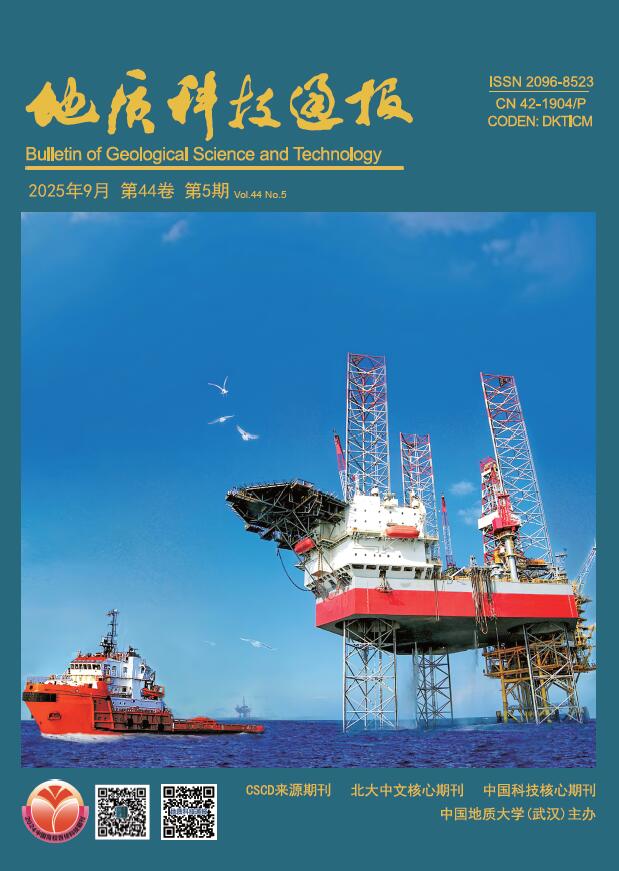ASAP Articles
Articles in press have been peer-reviewed and accepted, which are not yet assigned to volumes/issues, but are citable by Digital Object Identifier (DOI).
Display Method:
, Available online , doi: 10.19509/j.cnki.dzkq.tb20240101
Abstract:
, Available online , doi: 10.19509/j.cnki.dzkq.tb20240105
Abstract:
, Available online , doi: 10.19509/j.cnki.dzkq.tb20240349
Abstract:
, Available online , doi: 10.19509/j.cnki.dzkq.tb20240153
Abstract:
, Available online , doi: 10.19509/j.cnki.dzkq.tb20250298
Abstract:
Groundwater pollution mechanisms in karst critical zone of western mountain of the Jinci Spring area
, Available online , doi: 10.19509/j.cnki.dzkq.tb20240278
Abstract:
, Available online , doi: 10.19509/j.cnki.dzkq.tb20250100
Abstract:
, Available online , doi: 10.19509/j.cnki.dzkq.tb20250114
Abstract:
, Available online , doi: 10.19509/j.cnki.dzkq.tb20250066
Abstract:
, Available online , doi: 10.19509/j.cnki.dzkq.tb20240788
Abstract:
, Available online , doi: 10.19509/j.cnki.dzkq.tb20250015
Abstract:
, Available online , doi: 10.19509/j.cnki.dzkq.tb20250018
Abstract:
, Available online , doi: 10.19509/j.cnki.dzkq.tb20250026
Abstract:
, Available online , doi: 10.19509/j.cnki.dzkq.tb20250068
Abstract:
, Available online , doi: 10.19509/j.cnki.dzkq.tb20240709
Abstract:
, Available online , doi: 10.19509/j.cnki.dzkq.tb20240522
Abstract:
, Available online , doi: 10.19509/j.cnki.dzkq.tb20240711
Abstract:
, Available online , doi: 10.19509/j.cnki.dzkq.tb20240325
Abstract:
, Available online , doi: 10.19509/j.cnki.dzkq.tb20240324
Abstract:
, Available online , doi: 10.19509/j.cnki.dzkq.tb20240149
Abstract:







